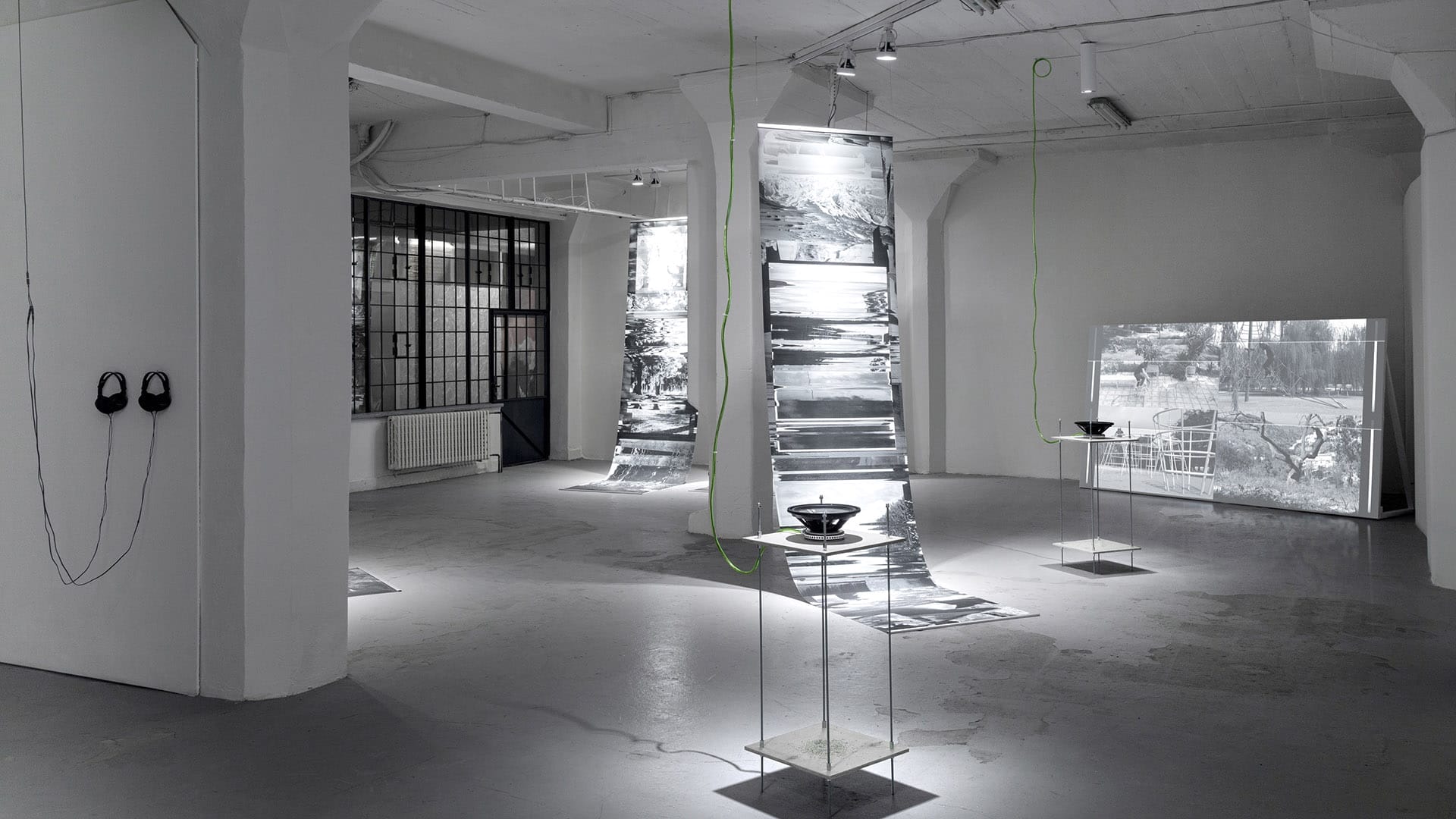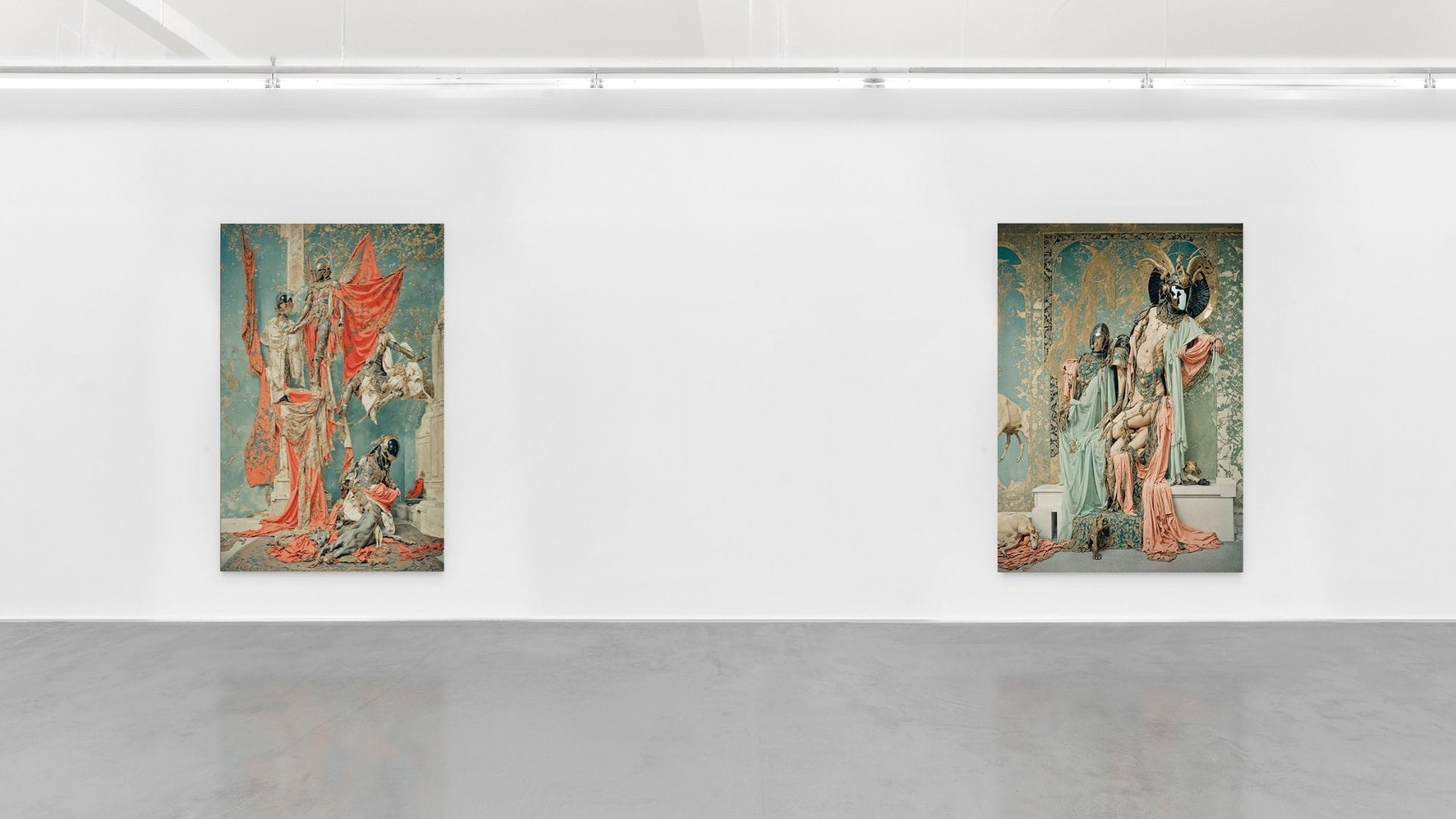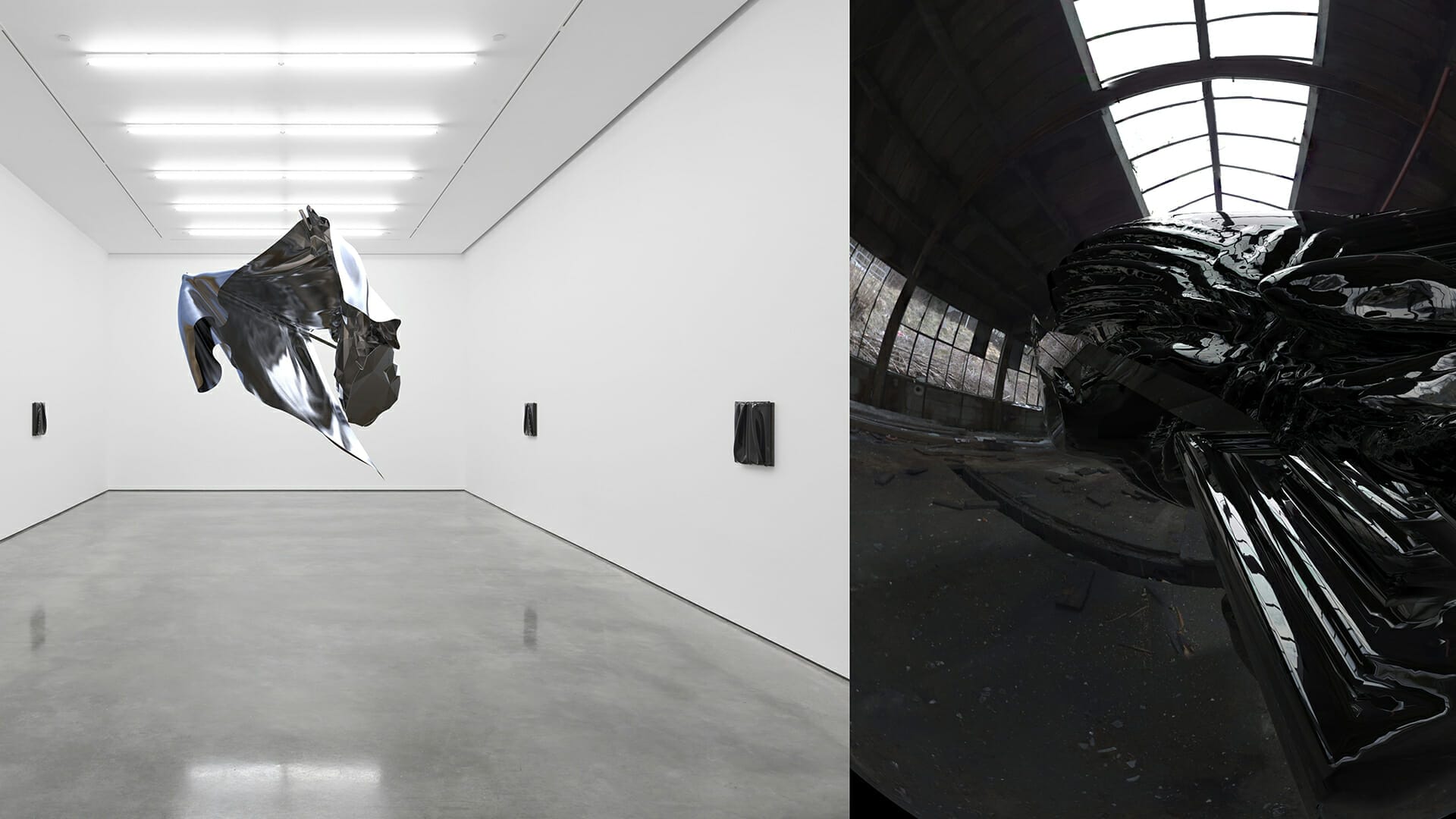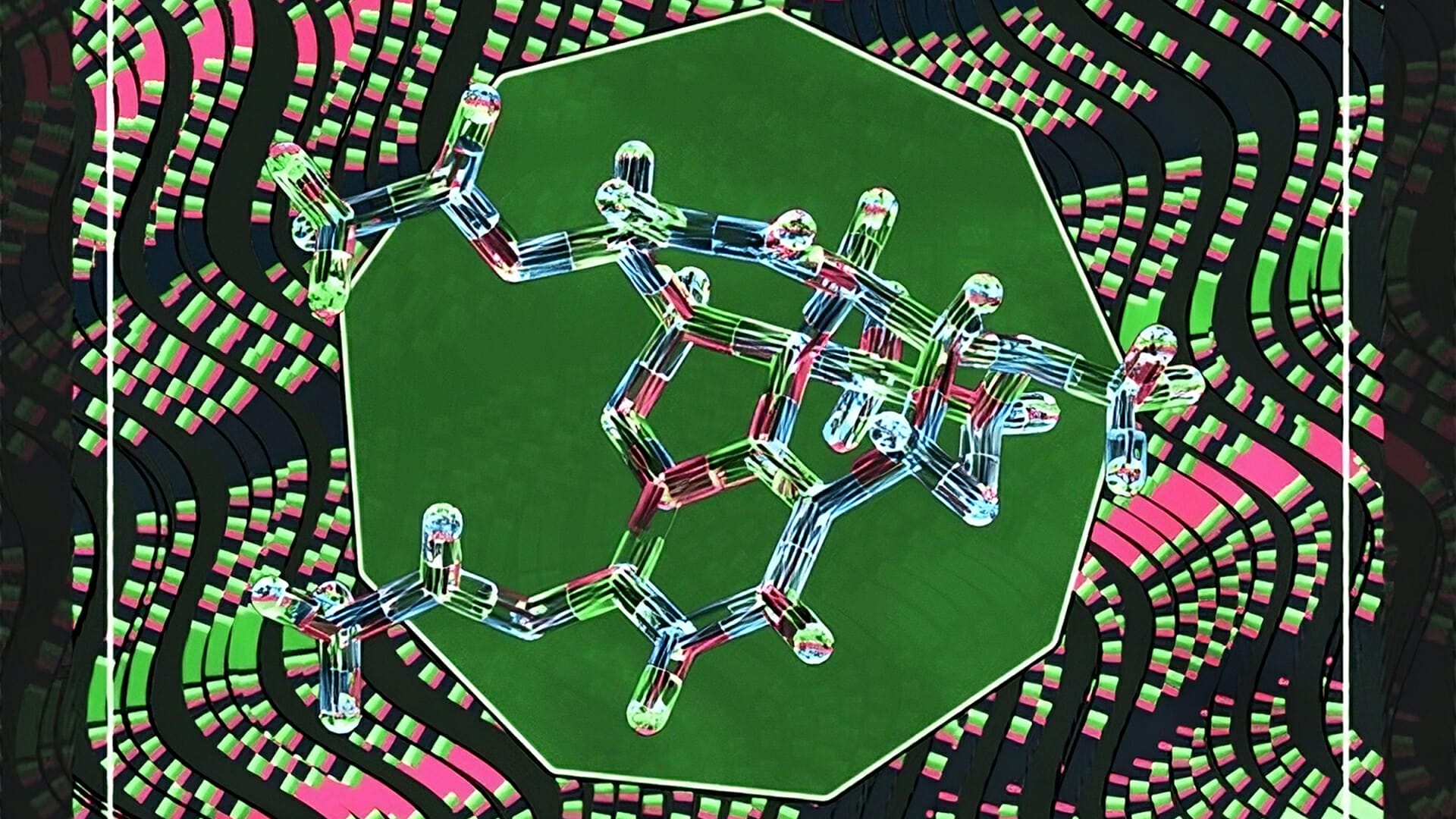
xSublimatio is a “merging” aesthetic digital drug experience
The project is the first to be incubated by Faction.art
TO MINT ON : https://faction.art/project/xsublimatio/create-drug/all
It is an interactive artistic experience that allows people to acquire digital molecules and create digital drugs on the blockchain using NFTs.
xSublimatio is a questioning of the aesthetic potential of web3, coding and artificial intelligence, in the era of mass digitalisation of all aspects of reality.
While the consumption of images and data on the Internet have now, more than ever, become an addiction stimulating the release of feel-good hormones, this project uses modern NFT technology to stage the representations of molecules (symbolising our tangible reality) through the prism of drugs and water.

Digital drugs marketplace:
Pierre Pauze’s xSublimatio is an art project that allows anyone to collect, trade and combine digital molecules into virtual drugs, all in NFT form. Collectors can purchase these molecules which have been randomly selected from 64 different types generated by AI. To create their desired drug out of the 19 possible options, holders need to obtain the right combination of ingredients by trading or buying extra molecules.
The genesis
xSublimatio is based on Pierre Pauze’s 2019 film “Please Love Party”.
In this movie Pauze questions what love is from the viewpoint of chemistry and waves. After synthesising a molecular love potion in the laboratory — in reality a powerful psychotropic drug made from chemical components and drugs found on the Darknet — Pauze transferred its essential information into water using a wave transmission device. According to the controversial scientific theory of “water memory”, this process enables water to be loaded with information that alters its molecular composition in order to transmit data or to transform it into any substance. As there is no consensus on this theory, the drug thus becomes homeopathic and fictional, until proven otherwise.
xSublimatio is the extension of this project on the blockchain
This project is at the crossroads of art, science and gaming. It is the next evolution of Pauze’s video artwork, which documents the behaviour of partygoers when a new synthetic drug is given to them. This time, instead of acting as observers, we participate in a virtual drugs market as collectors, cooks and art dealers.
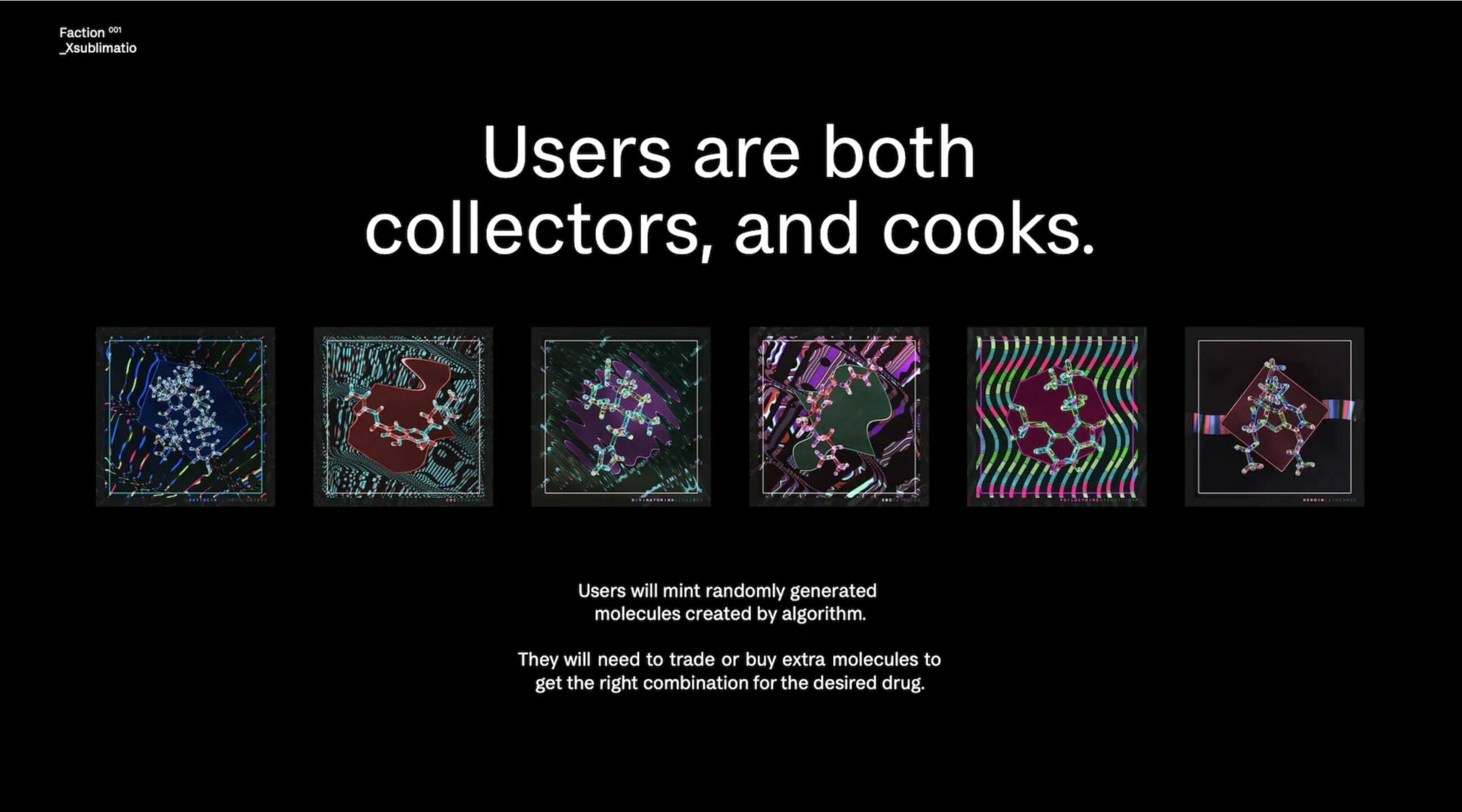
Drugs similar to the ones used during Please Love Party were broken down into different types of molecules. In xSublimatio, the artist generated visual representations of each of those molecules based on their chemical composition using the latest AI techniques.
These molecules can be assembled together in order to create different types of drugs, each with unique visuals.
An ambitious project at the crossroads of different fields
Over the last 7 months, the team has worked hard to make xSublimatio a reality. The team included a PhD scientist with a specialisation in drugs and digital biology representation, a 2D generative artist, a 3D artist, a solidity developer, a graphic designer, a project coordinator and Pierre Pauze.
During the course of these 7 months, the project went through rigorous testing and experimentation with one clear goal: to create an unprecedented and technically flawless generative art project that turns molecules and drugs into digital art whilst being scientifically accurate.
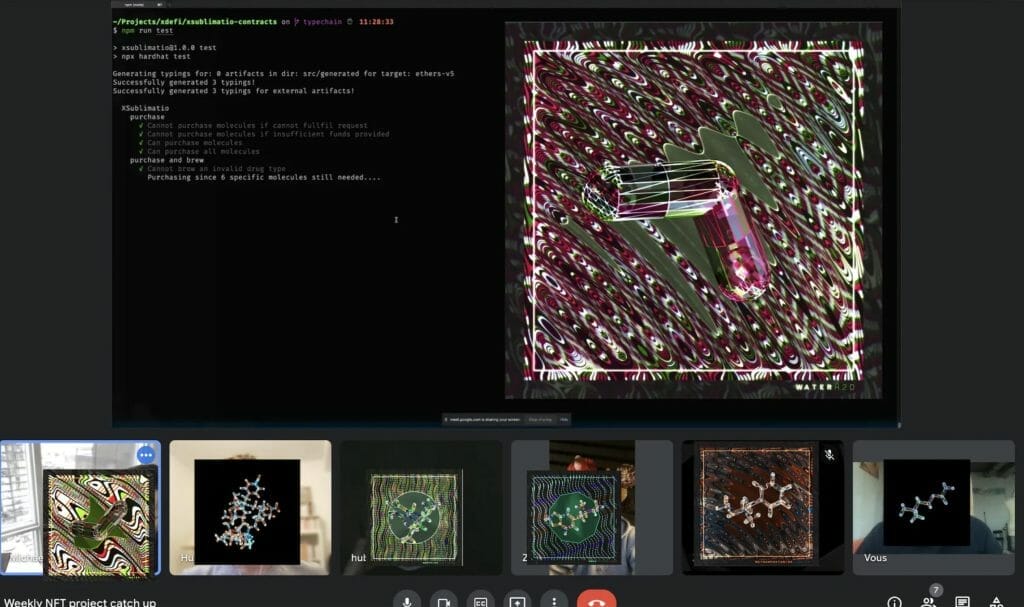
Molecules
Each and every molecule is a unique digital artwork with individual visual features. Images of chemical structures break through wave patterns, framed by a square as if they were an illustration in a science journal. Muted colours are set against a black background, recalling early Internet command line art. When the molecules are combined to form a drug, the result is a new artwork: 2D molecular art turns into 3D generative art.
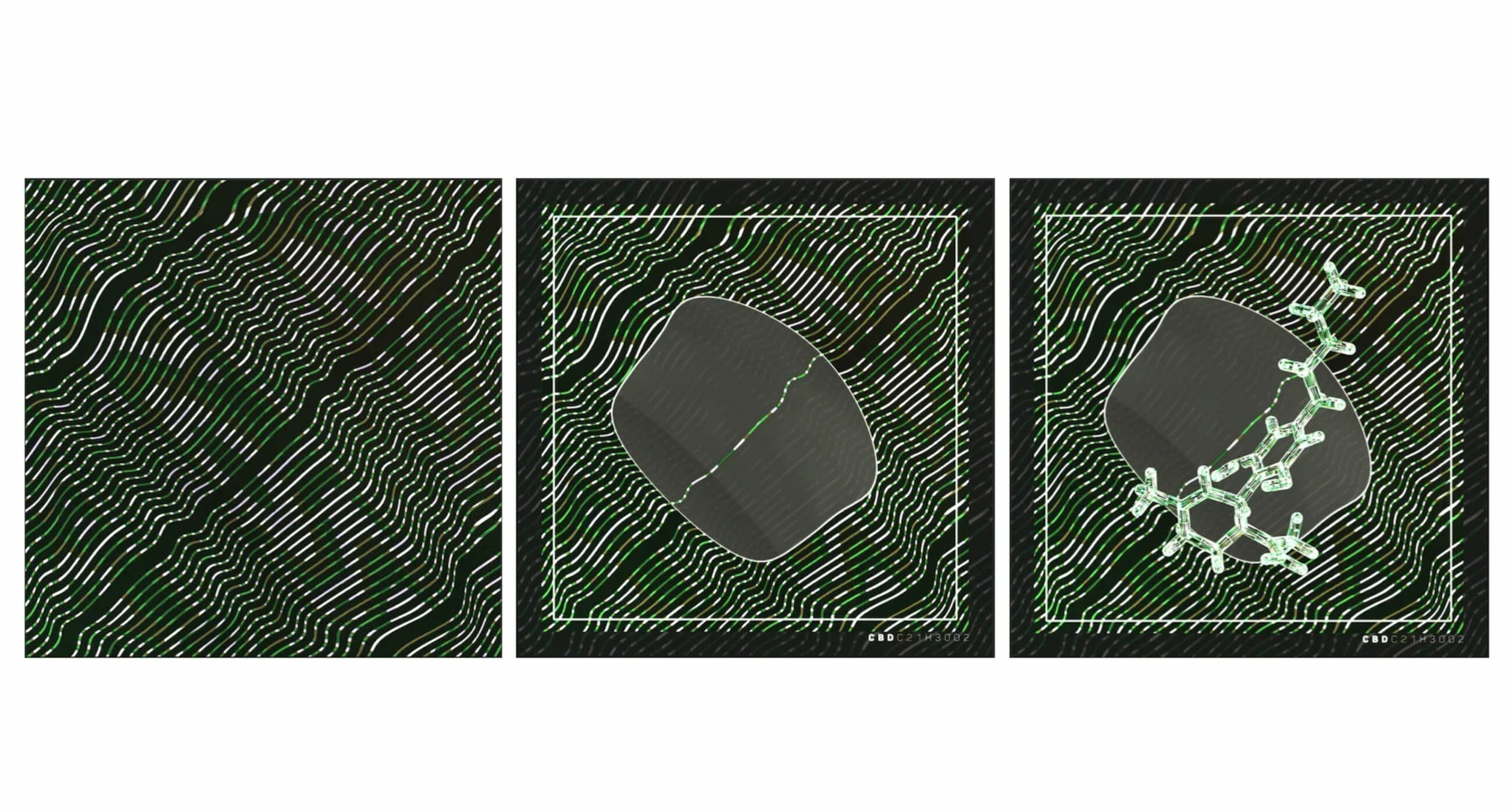
Decentralisation & Science
Developed in collaboration with scientists, this project draws on both the latest technological developments as well as natural processes. Models of drugs and molecules are generated from data derived from the AI system AlphaFold, which was originally designed to predict protein structures from amino acids.

Collectors & (Art) dealers
xSublimatio is a game that encourages the NFT art collector to take on additional roles of making drugs, trading molecules and strategising in a fluctuating market. As molecules are combined into drugs, their individual NFTs disappear. This concept resembles a deflationary monetary system like Bitcoin or Ethereum, currencies which may go up in value over time as opposed to traditional finance, where currencies typically drop in value as more money is created.
As more molecules are turned into drugs, the distribution of available molecules changes and the collector needs to plan carefully to gather the required ingredients. The molecules themselves derive their value in three ways: aesthetic, biological and economic. The artistic beauty of the visual image, the biological properties of the drug ingredients and the scarcity or abundance of each molecule type all influence general collector behaviour. Collectors may therefore need to adapt their trading strategy by combining rational analysis with subjective art appreciation.

Water as a deflationist token
Water is one of the generated molecules and is an ingredient in the making of any drug. When you merge molecules to make a drug, a molecule of water is needed for this operation. With each fusion, a water molecule is burned and disappears.
Initially plentiful, the supply of water decreases with time. Here, just like in the real world, the perception of water changes from an easily available commodity to an increasingly valuable resource. Water’s transformational properties align with the project’s title: the word “sublimatio” comes from the Latin word “sublimation”, meaning the change of state from solid to gas, and the “x” represents the notion of transcending.
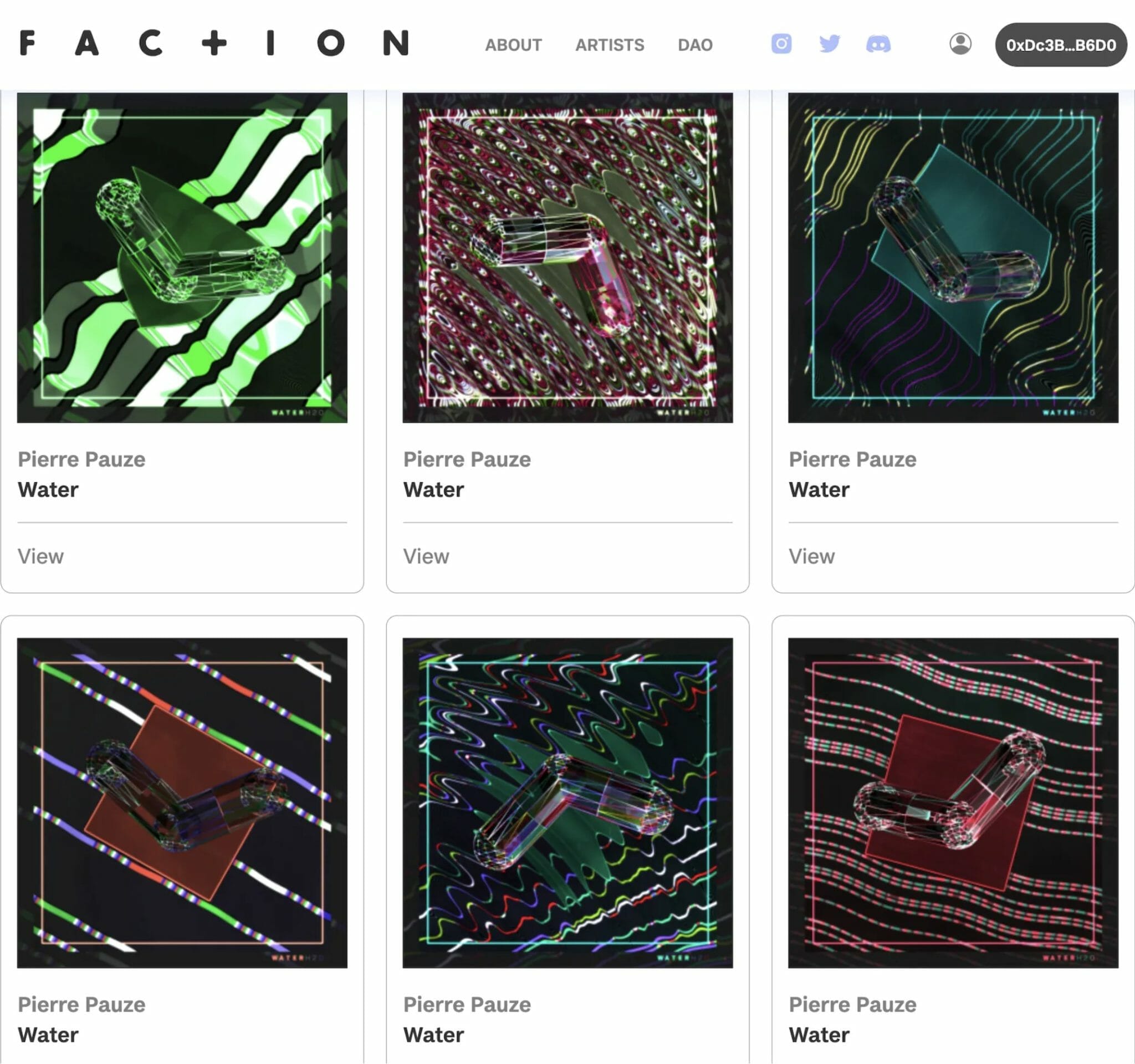
From drug to art
Water (H2O) molecules are therefore a deflationary token, (like Ethereum tokens).
With limited numbers of necessary molecules available, changing market dynamics and unpredictable collector behaviour, xSublimatio gives power to the individual collector to shape the outcomes of the project, when a drug becomes a work of art.
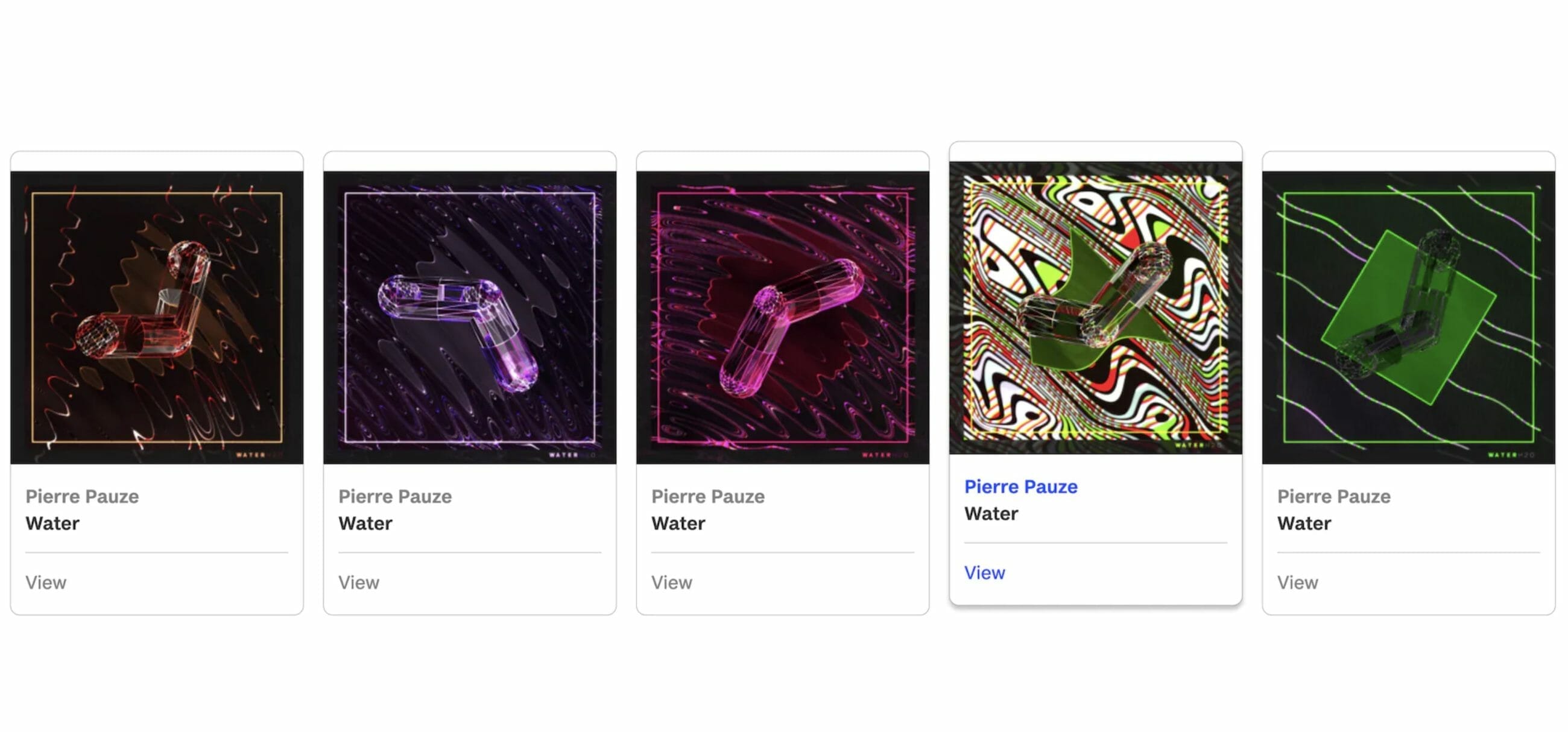
Scientific curating
We have carried out extensive bibliographic studies in order to select the most representative drug molecules. We have chosen to represent these drugs by one of the proteins involved in its action. Whether for the initial molecules or the proteins representing the drugs, choices were made based on criteria of both scientific relevance and aesthetics.
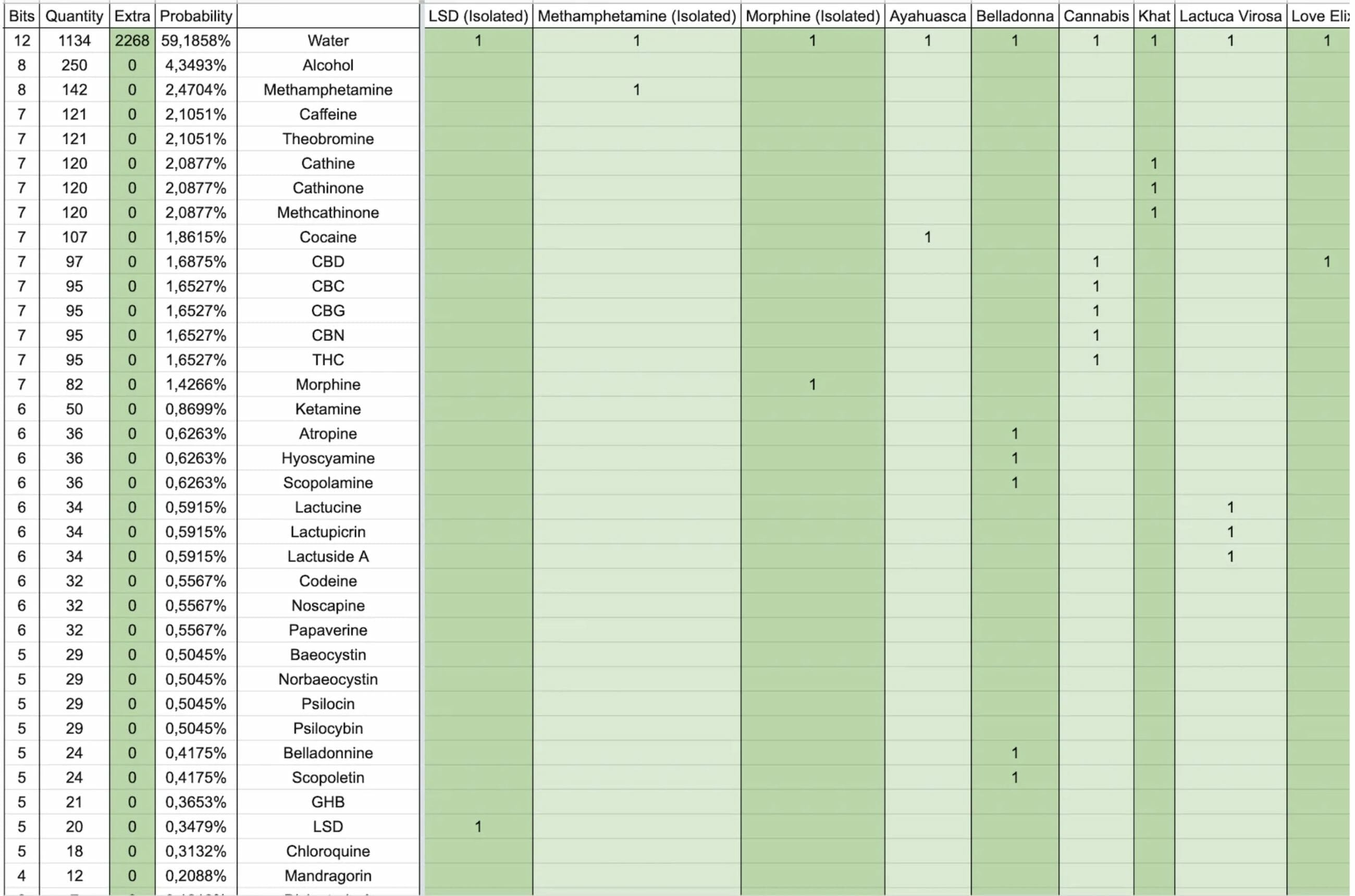
What code and/or software is used to create the NFTS?
For the molecules, the entire algorithm is realised using a combination of Processing and GLSL. The first is an OOP language based on Java, used for creating the algorithm’s “backbone”, the latter a shading language that we used for processing and image filtering. After that, OpenZeppelin ERC721 and custom Solidity. Typescript bindings generated with typechain and testing with hardhat.
Fully generative
When it comes to generative art, the goal is to define and create an autonomous system capable of independently determining the artwork’s features without requiring the artist to undertake every decision, which is achieved by introducing randomness into the algorithm mix. This project combines data visualisation (scientific representation) with an artistic reinterpretation of chemical compounds in a generative / creative fashion.
On-chain art
Molecule and drug types and other artistic parameters are chosen pseudo-randomly by the smart contract during purchase / brew transactions. The code to generate the art will be provided for anyone to download (and it will also be hosted in a backend for convenience), and the checksum to this code will be immortalised in the smart contract. Anyone can run the token parameters through the art generation code in order to achieve the same results.
TO MINT ON, ENTER THE KETAVERSE :
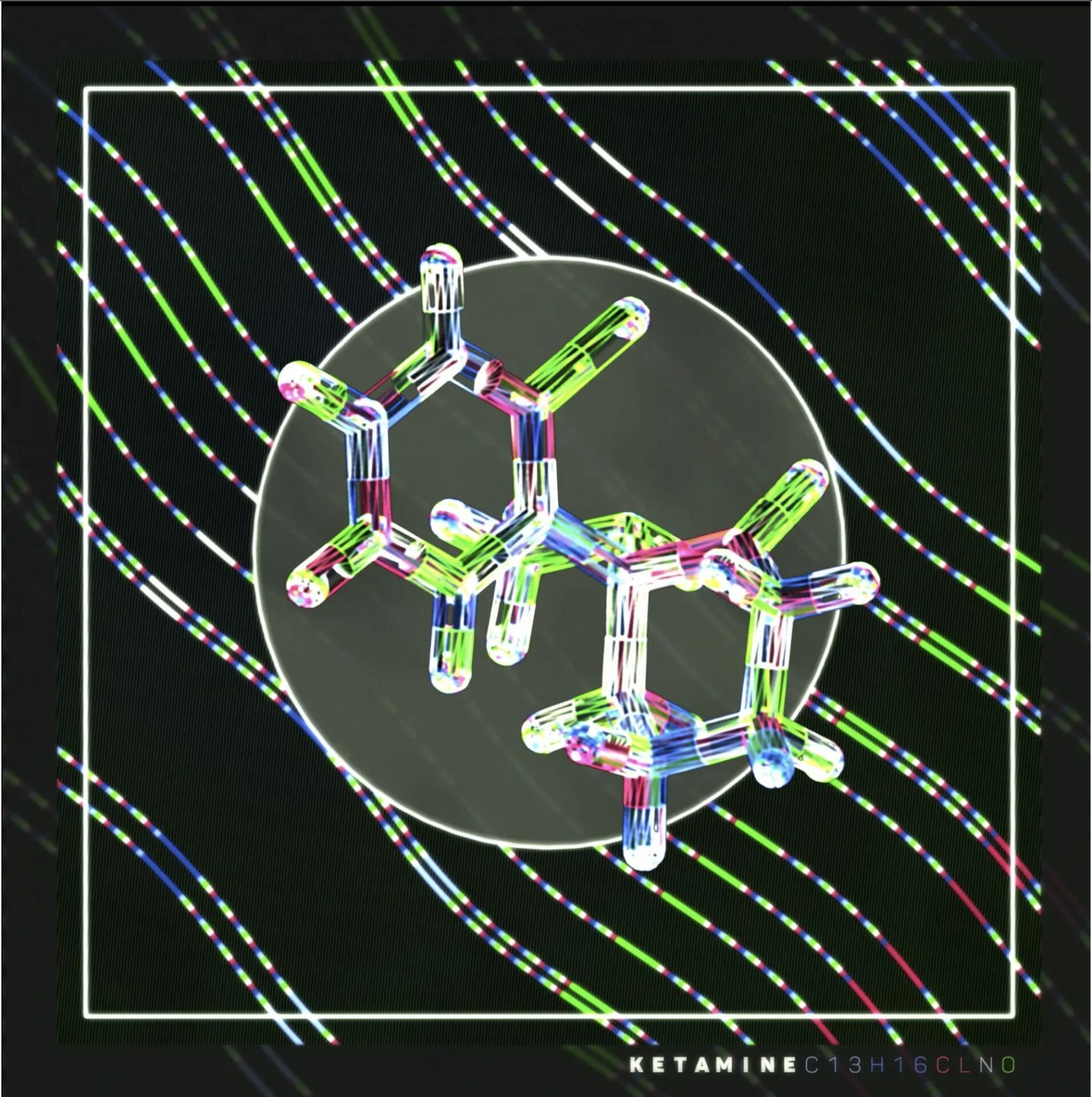
Pierre Pauze
Pierre Pauze is an Artist & filmmaker. A graduate of Le Fresnoy and the Beaux-Arts de Paris, Pierre Pauze has won the Artagon prize, the Agnes B prize, the ADAGP revelation digital art video prize, and recently the Hauts-de-Seine department prize at the Salon de Montrouge. Currently resident at Poush, he was previously resident at the European program the Spur and at the Cité internationale des arts in Paris. His work has been shown in numerous exhibitions in France and around the world, such as at the Centre Pompidou Paris, Monnaie de Paris, FIAC, La Villette, the Es Baluard Museum in Palma, Mallorca, the K Museum of Contemporary Art in Seoul and the "Futures of Love" exhibition at the Magasins généraux. Pierre Pauze's films have been shown in festivals and on television, in France and abroad. He realized the film and installation project Mass in duo with the artist June Balthazard, which has been shown in several biennials including the 12th Taipei Biennale, the Beijing Digital Art Biennale and the Chengdu Biennale in China. The work was recently presented at Luma Arles during the Luma days and at the Centre Pompidou in Metz. Pierre PAUZE also invests the web3 territory through the creation of a decentralized production & diffusion protocols on the blockchain.
You may also like
In Dialogue with Ewa and Jacek Doroszenko
In this interview with Ewa and Jacek Doroszenko, we delve into the complex intertwining of their exp
Fakewhale Solo Series Presents Mens Simulata by Ganbrood
On July 3rd Fakewhale Solo Series proudly presents “Mens Simulata” by Ganbrood. “Mens Simulata
Lucas Aguirre: Mastering Oil on Pixel
Lucas Aguirre is an Argentinian digital artist known for masterfully combining elements of physical

